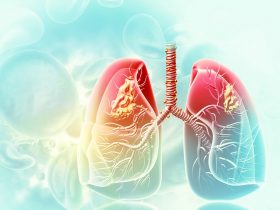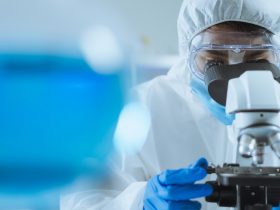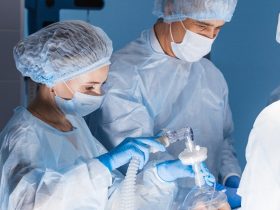There is an increasing number of driver fusions in NSCLC which are amenable to targeted therapy. Panel testing for fusions is increasingly appropriate but can be costly and requires adequate good quality biopsy material. In light of the typical mutual exclusivity of driver events in NSCLC, the objective of this study was to trial a novel testing pathway, supported by industrial collaboration, in which only patients negative for driver mutations on DNA-NGS were submitted for fusion panel analysis.
Over 18 months, all patients from a single centre with non-squamous NSCLC were submitted for DNA-NGS, plus ALK and ROS1 immunohistochemistry +/- FISH. Those which were negative for a driver mutation were then recalled for RNA panel testing.
307 samples were referred for DNA-NGS mutation analysis, of which, 10% of cases were unsuitable for or failed DNA-NGS analysis. Driver mutations were detected in 61% (167/275) of all those successfully tested. Of those without a driver mutation and with some remaining tissue available, 28% had insufficient tissue/extracted RNA or failed RNA-NGS. Of those successfully tested, 24% (17/72) had a fusion gene detected involving either ALK, ROS, MET, RET, FGFR or EGFR. Overall, 66% (184/277) of patients had a driver event detected through the combination of DNA and RNA panels.








Leave a Reply